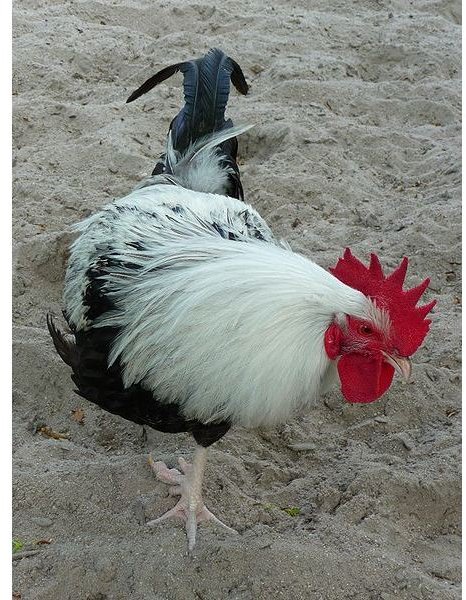Benefits of Raising Endangered Livestock: Compassion and Preservation of Rare Livestock Breeds
Endangered Livestock
Although consumers regularly hear about free-range eggs, chickens and livestock, the idea of endangered livestock is not as pervasive in American society.
However, there are farmers emerging who have turned their efforts to raising heritage and endangered breeds of poultry and livestock.
The American Livestock Breeds Conservancy (ALBC) provides guidelines and support not to preserve endangered livestock of all types, but to promote genetic diversity in livestock.
The ALBC provides priority lists for the rarest breeds of chickens and livestock, which encourages farmers and ranchers to help maintain livestock diversity. Those who embrace this little-known practice soon reap the associated rewards.
Benefits
Unfortunately, many current methods of farming involve caging and torturing livestock as well as the ancillary uses of antibiotics and growth hormones. The unseen benefit of raising livestock breeds that are endangered is that farmers do not participate in wholesale inhumanity to living creatures. And the rewards do not end there. There are tangible benefits to farming heritage and rare livestock breeds.
According to Mother Earth News, “Homesteading with Heritage Breeds,” these chickens and livestock are easier to raise than hybrid breeds1. With unsullied instincts, these creatures know how to forage for food and how to raise their young, patterns that are lost to animals who are victims of agri-business tactics. The result of free-ranging foraging and biologically sound raising of the young is higher quality meat and eggs.
In a time in which many are turning away from meat for ethical and health reason, endangered chickens and livestock offer a return to the old ways of safe and compassionate eating. In fact, heritage livestock farmers know that the natural move from live animal to food for people promotes the propagation of the livestock species.
Types of Endangered Livestock
The ALBC categorizes endangered livestock and poultry into increasing categories of threat. The categories are, in ascending order, Study, Recovering, Watch, Threatened, and Critical. It is more difficult to obtain animals that are in the Critical and Threatened categories, but these are the most urgent to raise.
What type of livestock does one want to raise? What are the options? If a breed has been bred into hybrids, it has an endangered pure-bred counterpart. Dorking chickens, Dutchbelted cows, San Clemente goats, pigs, and even many breeds of horses are included in the ALBC lists of endangered livestock.
Why is It Important?
Promoting and restoring biodiversity is the primary reason that raising endangered livestock is so urgent. With so many animals on the Critical list, the quality of dairy, poultry products and of meat is a surprising experience that brings home how much American (and the world’s) tables are missing. An unknown reason to raise endangered livestock is that nobody can predict the consequences of the loss of breeds. Organizations with similar goals to the ALBC are committed to breed preservation in the United States and across the globe.
References
- American Livestock Breeds Conservancy, http://www.albc-usa.org/
- Image: Dorking chicken by 3268 zauber under CC BY SA 3.0
- 1 - Shaw, Mary Lou “Homesteading with Heritage Breeds,” Mother Earth News, February/March 2008, pp.99, http://www.motherearthnews.com/Sustainable-Farming/2008-02-01/Chickens-Cows-Pigs-Food.aspx
- Society for the Preservation of Poultry Antiquities, http://www.feathersite.com/Poultry/SPPA/SPPA.html
- Rare Breeds Survival Trust, http://www.rbst.org.uk/
